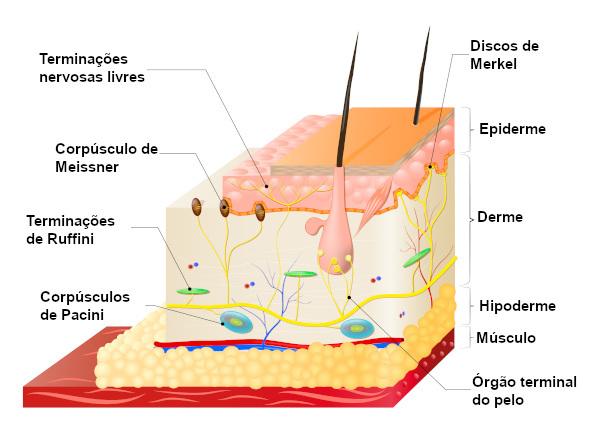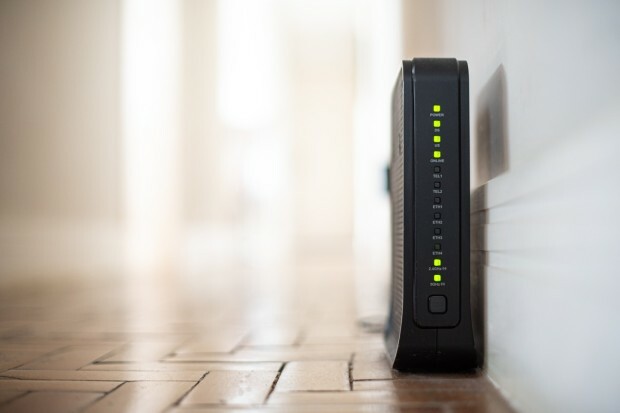O tact is considered one of the five senses, with the taste,the vision, O smell and the hearing. However, contrary to what many people think, touch is just one of the sensory modalities associated with somatic sensory system, being responsible for we notice the touch, making us able to perceive everything that comes in contact with our body.
Somatic sensations are general and are the mechanisms responsible for capturing sensory information that occurs throughout the body. In addition to the perception of touch, the somatic sensory system is responsible for the perception of temperature and pain, for example.
Read too: The five senses - allow our body to interact with the environment and avoid risks
the touch
the touch is the sense responsible for the perception of touch, being related, therefore, to the way we feel the world around us. Unlike other senses, it does not occur in a specific region, and tactile perception is possible throughout our body. THE skin, an organ that covers our body, is rich in tactile receptors, playing, therefore, an important sensory role. It allows us to interact with the environment and distinguish objects even without seeing them.
It is worth noting that touch is just one of the sensory modalities of the somatic sensory system. Somatic sensations are neural mechanisms that guarantee the perception of sensory information that occurs throughout our body. In addition to touch, temperature and pain are sensory modalities associated with the somatic sensory system.

We can classify somatic sensations into three types: mechanoreceptive, thermoreceptive and pain sensation.
- Mechanoreceptive somatic sensation: the sensations of touch and body position are included.
- Thermoreceptive sensations: we have heat and cold detection.
- Feeling of pain: is activated when the fabrics are injured.
tactile receivers
Tactile receivers are responsible for ensure that a tactile stimulus is received and transmitted to the central nervous system. Most somatic sensory system receptors are of the mechanoreceptors (capable of perceiving physical deformations triggered by the mechanical energy, such as touch, sound and pressure).
Next, let's look at some tactile receivers and where they are found:

- Free nerve endings: are capable of detecting touch and pressure. They are distributed throughout our skin and also in other tissues.
- Meissner Corpuscle: it has great sensitivity and is found on areas of hairless skin (glabrous skin). The region of the lips and fingertips has a large amount of these corpuscles. They are sensitive to low frequency vibrations and movement of objects on the skin surface.
- Merkel's Discs: are found in areas that have large amounts of Meissner corpuscles, such as fingertips. However, on furry skin, a moderate amount of Merkel discs can also be found. These receptors perceive the continuous touching of objects on the skin.
- Hair terminal organ: at the base of the hair is a nerve fiber, which is stimulated by any movement of the hair. These receptors act mainly by perceiving object movements and the initial contact of an object on the skin.
- Ruffini Terminations: they are located in deeper layers of the skin and in deeper tissues as well as in joint capsules. They are related to the perception of prolonged and intense touch and pressure signals. In the joints, Ruffini's terminations act by signaling the degree of joint rotation.
- Pacini Corpuscles: they are located under the skin and in the tissues of the fascia. Tactile receptor stimulation occurs only by local and rapid tissue compression.
By Vanessa Sardinha dos Santos
Biology teacher


